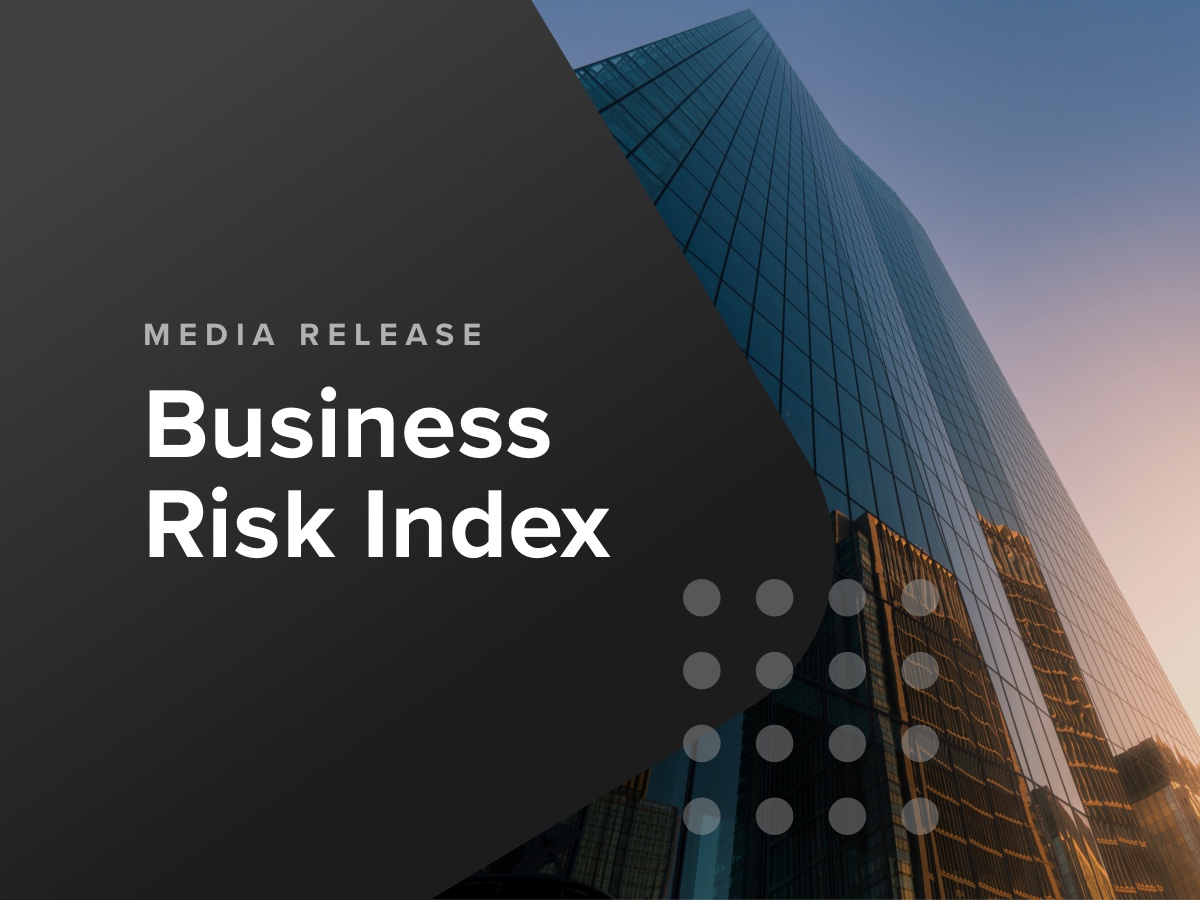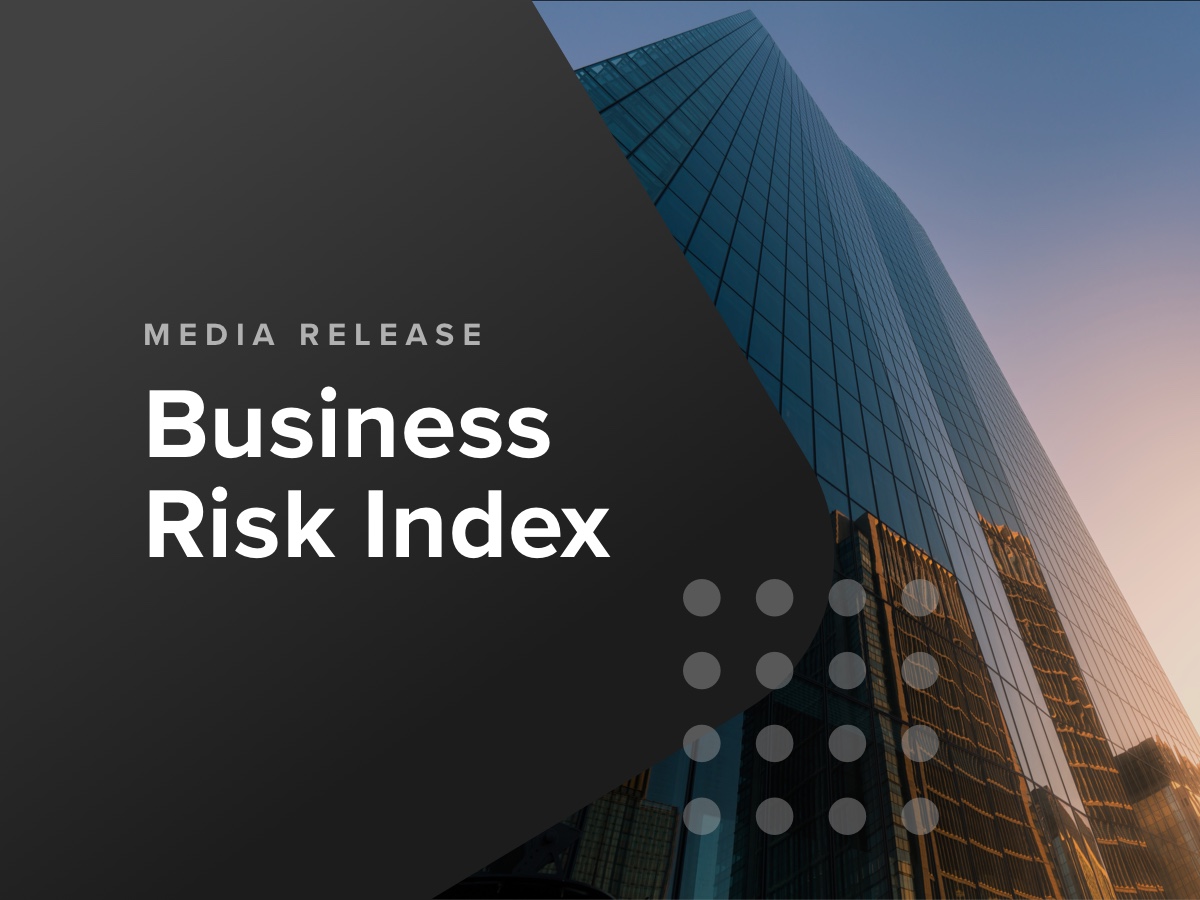A tale of two economies; Small business struggling as late payments take hold

SYDNEY, Wednesday 16 November 2022 – The October 2022 CreditorWatch Business Risk Index (BRI) has revealed that small businesses are feeling the pinch of the current economic pressures while big business is faring much better.
Across all industries, late payment rates for small businesses are averaging three times that of big business, reflecting the challenge small business faces enforcing payment terms and collecting on payment arrears.
Trade receivables for small business have dropped 18 per cent in the past month, to the lowest levels since October last year, while payment defaults have continued to increase at a rate of 20 per cent per month over the past year.
In contrast big business has not suffered the same decline in trade turnover. Revenue in big business is up 14 per cent from FY21 to FY22 across all public companies and ASIC reporting entities. Profits are up nine per cent despite reduced margins.
Key Business Risk Index insights for October:
- YoY growth in B2B trade receivables is flat, pointing to a softening in recent small business trade activity recovery.
- B2B payment defaults have continued to increase at an average rate of 20 per cent per month over the past year.
- Late payment rates are on average 3x greater for small business relative to big business.
- Revenue across big business is up 14 per cent from FY21 to FY22 across all public companies and ASIC reporting entities. Profits are up nine per cent despite reduced margins.
- Big business profit margins are down slightly as a result of increased operational expenses. It is expected that margins will be compressed further in FY23 as the full impacts of inflation are realised.
- External administrations have dropped by 34 per cent since September.
- Court actions have decreased 26 per cent since last month but are still up 50 per cent year-on-year.
- Yarra Ranges in Victoria is the region with the lowest insolvency risk (across regions with more than 5,000 businesses), followed by Cottesloe-Claremont in Western Australia.
- The Western Sydney regions of Merrylands–Guildford and Canterbury are the regions at highest risk of default across Australia (for regions with more than 5,000 businesses).
Trade Payments to Big vs Small Business
Source: CreditorWatch payment arrears data/proportion 60 days or more arrears by industry
CreditorWatch CEO Patrick Coghlan says a lack of capacity to collect payments is starting to have a serious impact on small business trade.
“Our Business Risk Index data highlights that small business’s limited capacity to enforce payment terms and collect payment arrears is having a significant impact. Trade receivables continue to decline and trade payments defaults, a lead indicator of insolvencies, are at their highest point since October 2020. Small businesses are crying out for additional support which is one of the reasons why earlier this month we launched CreditorWatch Collect – an automated receivables management software and collections service provider. We want to help businesses get paid faster.”
Source: CreditorWatch trace receivables data (accounting software integration)
According to CreditorWatch Chief Economist Anneke Thompson, nearly all of the Important forward looking Indicators – consumer & business confidence, job vacancies and B2B trade defaults – are showing clear signs of deterioration.
“Instinctively, this seems unwanted, but unfortunately a significant slowdown of the economy Is one of the only cures for Inflation,” she says.
“The challenge Is not allowing small business to suffer the brunt of the Impact of a slowing economy, which unfortunately Is usually the case.
“Small businesses need to exercise extreme financial discipline, and we are already seeing signs of this In Increasing B2B trade defaults, as this means businesses are taking action when they are not getting paid. Over the next year to two years, cash flow will be king, and small businesses should be as ruthless as big business In demanding Invoices owed, and using all resources available.”
Probability of default by region
The five regions* at least risk of default over the next 12 months are:
1. Yarra Ranges (VIC): 4.81 per cent |
2. Cottesloe-Claremont (WA): 4.92 per cent |
3. Adelaide City (SA): 4.95 per cent |
4. Ku-ring-gai (NSW): 5.01 per cent |
5. Geelong (VIC): 5.01 per cent |
The five regions* most at risk of default over the next 12 months are:
1. Merrylands-Guildford (NSW): 7.79 per cent |
2. Canterbury (NSW): 7.55 per cent |
3. Auburn (NSW): 7.44 per cent |
4. Surfers Paradise (NSW): 7.42 per cent |
5. Ormeau-Oxenford (QLD): 7.38 per cent |
* Regions with more than 5,000 registered businesses
Once again, areas with high levels of personal Insolvency are most exposed to business Insolvency. We expect this to be a continuing trend, as personal and business finances tend to blur In times of high financial pressure.
Probability of default by industry
The industries with the highest probability of default over the next 12 months are:
- Food and Beverage Services: 7.2 per cent
- Arts and Recreation Services: 4.6 per cent
- Transport, Postal and Warehousing: 4.6 per cent
The industries with the lowest probability of default over the next 12 months are:
- Health Care and Social Assistance: 3.2 per cent
- Agriculture, Forestry and Fishing: 3.5 per cent
- Manufacturing: 3.6 per cent
The discreationary spending sector Is already starting to slow down, even If this Is difficult to see via Retail Trade data, as dollar volumes are now likely Increasing as a result of Inflation. The big spending Christmas period will be very telling for many businesses, and likely set the scene for what 2023 has In store.
Spending over Christmas 2021 was heavily Impacted by large amounts of savings consumers had to spend, as well as the ‘revenge spending’ phenomenon. Now, consumers have a whole different set of challenges to think about – most of them leading them down the path of spending less.
Source: CreditorWatch risk score credit rating average probability of default by industry
Outlook
As outlined by the Treasurer In the October 2022 Budget update, the outlook for the economy In 2023 Is quickly deteriorating. There Is no doubt conditions will be more challenging for Australian businesses In 2023. Much of the Impact, however, will depend on how deeply the severe monetary policy tightening In the USA, UK and Europe hits those economies. While recession Is still unlikely In Australia, the same cannot be said for those economies, and that will have real consequences for Australian businesses In 2023.
Contacts
Mitchy Koper
GM Communications and Marketing, CreditorWatch
mitchy.koper@creditorwatch.com.au
0417 771 778
Laura Sanford
Senior Account Director, Herd MSL
laura.sanford@herdmsl.com.au
0455 145 164
ABOUT THE BUSINESS RISK INDEX
The Business Risk Index is a predictive economic indicator to help guide businesses when making future growth plans and inform public policy. It is a new credit rating that ranks more than 300 Australian geographies by relative insolvency risk, providing unique insights into the health of Australian businesses by region.
Each region is ranked from best to worst in terms of the potential for businesses in it to become insolvent. The index can also measure the potential for insolvency risk at a national, state and individual business level.
Regions are ranked on a scale from zero to 100, where 100 represents the best credit quality regions, that is, the lowest risk of insolvency, and zero represents the weakest credit quality regions, that is, the highest insolvency risk.
The index is calibrated by data from approximately 1.1 million ASIC-registered, credit-active businesses. It combines these insights with CreditorWatch’s proprietary data, previously published as the monthly Business Risk Review.
Subscribe to the Business Risk Index to be the first to receive our monthly updates.

Get started with CreditorWatch today
Take your credit management to the next level with a 14-day free trial.
You might also like
Subscribe to our newsletter
You’ll never miss our lat news, webinars, podcasts etc. Our newsletter is sent our regularly so don’t miss out.




